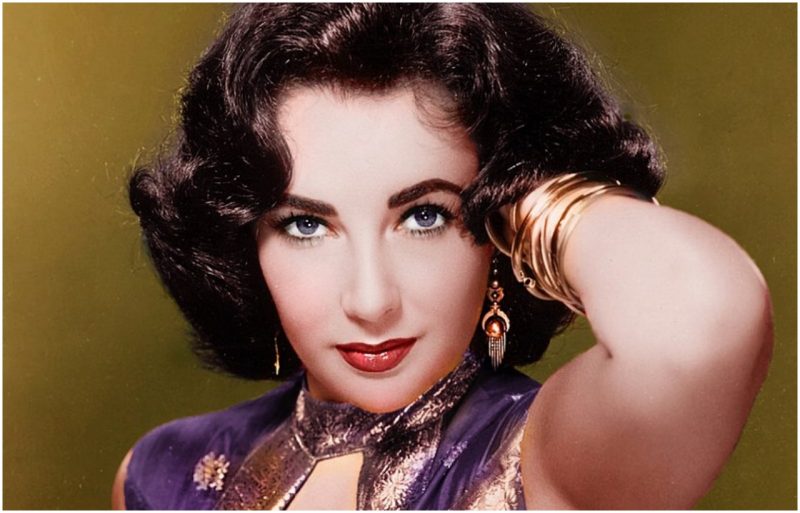It is quite surprising to learn that one of the most beautiful actresses of all times, the violet-eyed Elizabeth Taylor rose up to stardom thanks to a genetic mutation.
Taylor was born on February 27, 1932, in London and upon her birth, she was diagnosed with “distichiasis,” a rare medical disorder also known as “double lashes.”
The condition of extra lashes is defined as an abnormal development of the FOXC2 gene which commonly causes a painful and unpleasant feeling due to the second row of eyelashes (also known as distichia) that often grow too close to the eye or sometimes even develop within the gland of the eyelid.

Fortunately, Elizabeth was among the few lucky ones born without any serious consequences related to the disorder so as she grew up from a little girl to a pretty young lady, and later a stunning actress, her eyelashes were said to be “luxurious,” “captivating” and “unique.”
Taylor’s debut role was in There’s One Born Every Minute in 1942. According her biography, Elizabeth by J. Randy Taraborrelli, on the first day of filming, the cast selectors said: “Get that girl off the set– she has too much eye make-up on, too much mascara.”
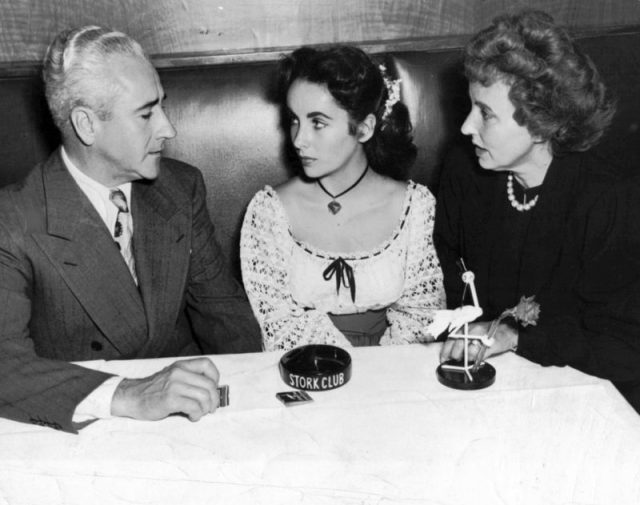
Beside her unusually dark outlined eyes, Taylor’s emphatic acting and stunning appearance cemented her career on the silver screen.
However, distichiasis was not Taylor’s only health issue. She was born with scoliosis, or curvature of the spine, which caused her to suffer from back and hip problems throughout her life. The took a combination of painkillers and alcohol Taylor took to ease her chronic back pain ended up with her battling drug addiction.
She was plagued with a string of accidents and illnesses, coming close to death more than once. During the shooting of her most successful and widely-appraised picture National Velvet (1944) she broke her neck falling from her horse. She underwent an emergency tracheotomy in 1961 after contracting pneumonia, which returned in 2000, putting her in a fragile state once again. When you add in tonsillitis, appendicitis, kidney problems, bronchial infections, an ovarian cyst, various broken bones, a benign brain tumor, and skin cancer, it’s clear that Taylor faced up to more than most of us have to deal with.
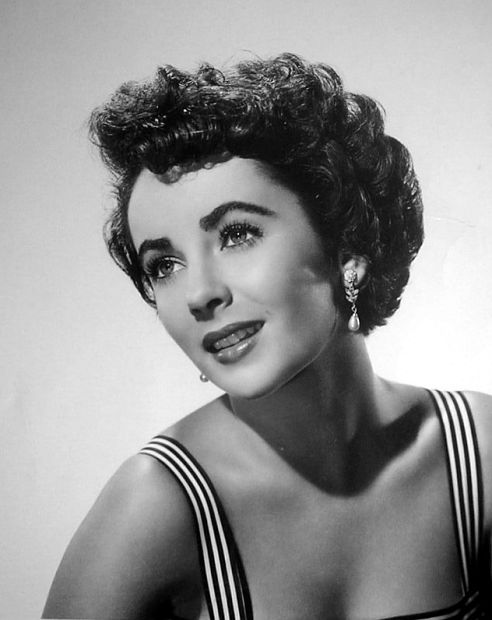
When it came to acting, Elizabeth Taylor was considered to be “a natural”– she was never professionally trained but still amazed the film crew and wowed audiences with her ability to fully “enter” the characters she played by empathizing with each of them.
Glamorous Hollywood leading Ladies Quotes.
Some of the roles given to her she considered inconvenient and often complained about it. During the 1950s, however, this changed and Taylor started receiving roles for more successful films.
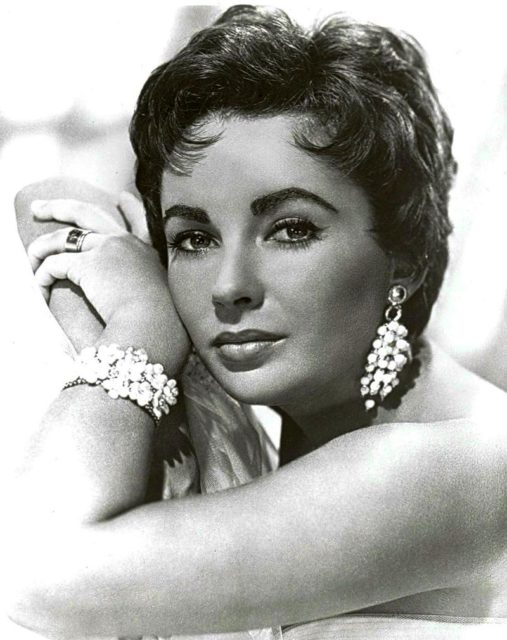
Another virtue of this highly-acclaimed actress was her openness and ability to clearly state her opinion. Unlike most of her Hollywood colleagues, she openly admitted her addictions and signed up for clinical therapy and rehabilitation. Among her many health challenges was the struggle with her weight, which inspired her to write the diet book Elizabeth Takes Off with tips and recipes for keeping a slim figure.
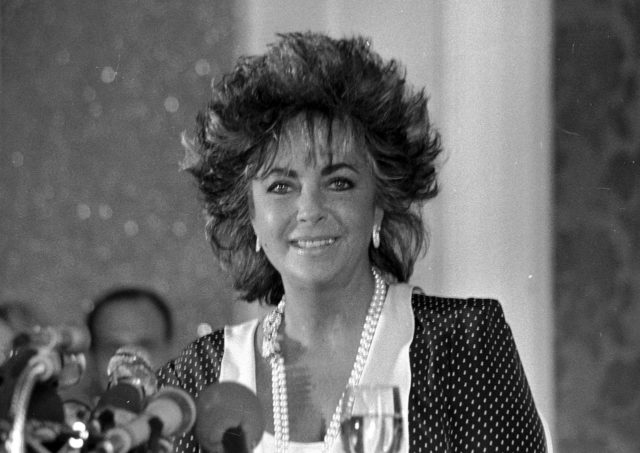
Facing many illnesses during her lifetime, Taylor felt a constant urge to help others who are in trouble. According to The Guardian, the belle was active in raising awareness of HIV/Aids and was among the very first celebrities to speak about the disease.
She organized and chaired the first U.S. fundraiser for HIV and, as it’s been said, ran an LA equivalent of the popular Dallas Buyers Club from her Bel Air home, from where she distributed experimental and then illegal Aids treatment drugs.
Taylor’s last days were determined by her congestive heart failure. She died in 2011, aged 79.
